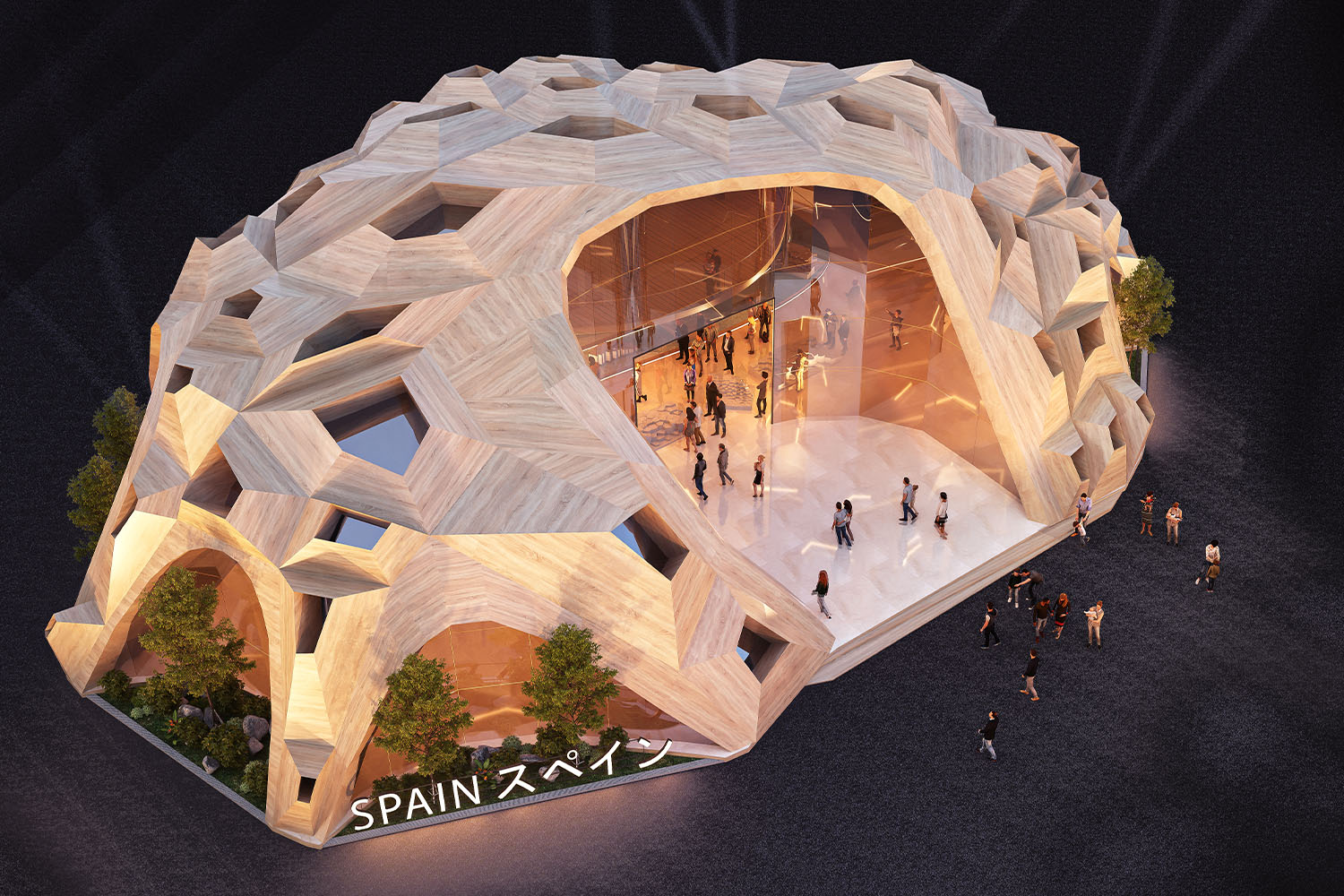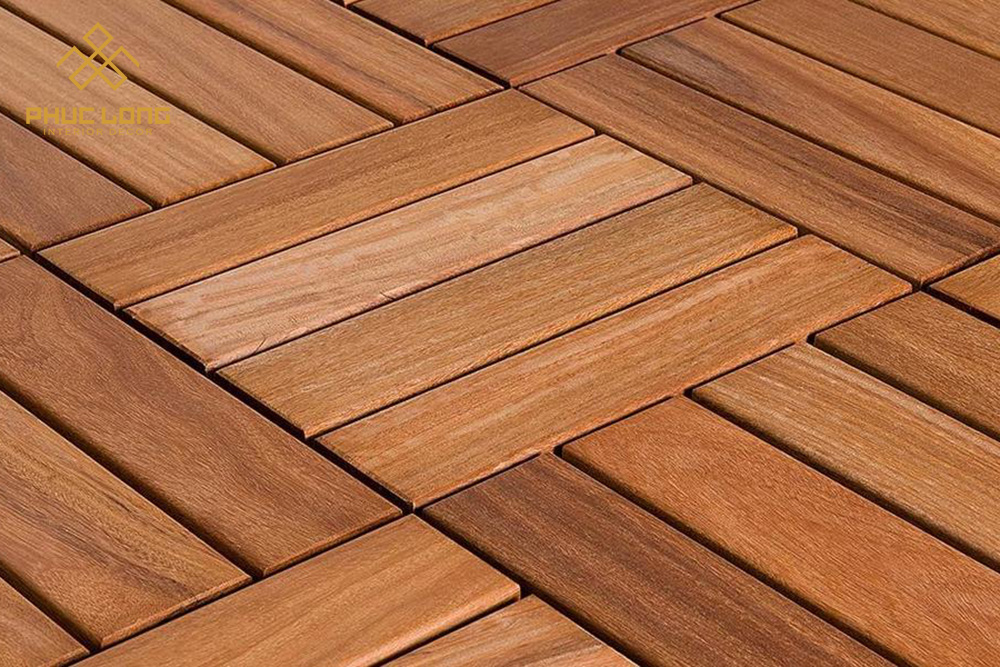If you’re already familiar with conventional veneer, in this article, VietnamWood will introduce you to eco veneer – a more advanced and environmentally friendly veneer. Today’s market tends to favor environmentally friendly products, and to meet this consumer demand, manufacturers have introduced these products. It has become a green alternative material that has gained a lot of attention recently.
Outstanding features of eco veneer

It inherits most of the outstanding features of conventional veneer. Additionally, being a newer development, it boasts several other advantages, making it a worthy contender as one of the most preferred green alternative materials today. Here are some notable characteristics of eco veneer
Aesthetic appeal
Eco veneer excels in aesthetics with excellent color retention, a consistently smooth and glossy wood surface, and patterns and colors similar to natural wood. Being an artificial veneer, it offers a wide range of colors and patterns to cater to various customer preferences and design aesthetics. The diversity of products still manages to capture the beauty of natural wood. Grain patterns and colors are more flexible and not limited by quantity. The 3D effect provides a realistic feel akin to using furniture made from natural wood.
High durability
Unlike typical self-adhesive products, Eco-Veneer has a unique structure that is stable in size due to its paper-like structure. It maintains its shape and does not contract under varying temperatures. Additionally, it can withstand temperatures ranging from -20°C to 80°C, making it suitable for application on surfaces like refrigerators and freezers without the risk of swelling due to moisture. Eco veneer is highly water-resistant, preventing termite infestation and offering exceptional durability for furniture.
Versatile application
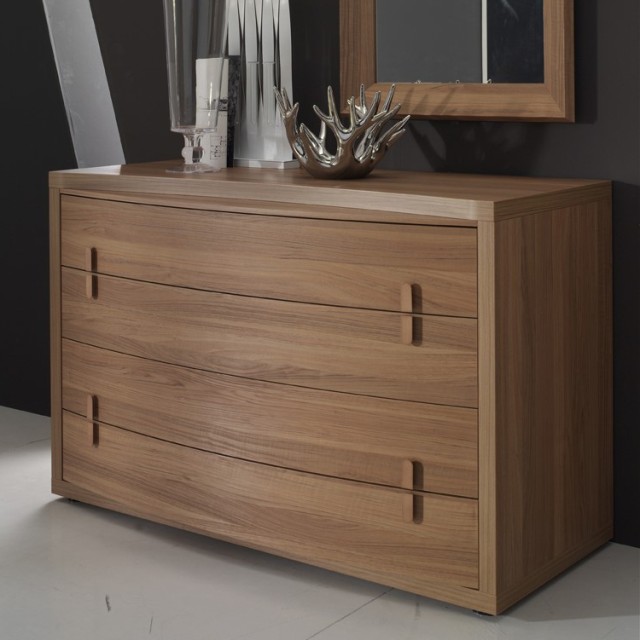
Its outstanding feature lies in its adaptability to curved and contoured surfaces, enabling the creation of uniquely designed products. Eco veneer offers flexibility in interior design and is increasingly popular in homes, organizations, and offices. It is commonly used to craft everyday furniture items such as tables, chairs, cabinets, shelves, beds, and various other products.
Compare eco veneer and conventional veneer
While both conventional veneer and eco veneer are forms of wood veneer, they still have certain distinct differences. VietnamWood will provide a comparison chart outlining the fundamental aspects of these two wood types.
| Conventional veneer | Eco veneer | |
| Material source | Made from natural wood logs, where a thin layer is sliced or peeled from the log’s surface. It’s essentially a slice of solid wood. | Made from a variety of sustainable and fast-growing wood species, which are often plantation-grown. It may also utilize reclaimed or recycled wood. |
| Appearance | Retains the natural characteristics, grain patterns, and color variations of the wood species it’s sourced from. It has an authentic and traditional wood look. | Designed to mimic the appearance of conventional veneer or solid wood but can be more consistent in terms of color and grain pattern. |
| Thickness | It is available in various thicknesses but is generally thinner compared to eco veneer. | It is typically thicker than conventional veneer and can be as thick as 1/8 inch or more, making it more robust. |
| Sustainability | Can contribute to deforestation if not sourced from responsibly managed forests. It may not always be considered environmentally friendly. | Less prone to warping, splitting, or other issues that can affect conventional veneer. |
How to distinguish types of eco veneer
All types of eco veneer fundamentally share the same composition, which consists of wood cellulose fibers combined with resin to form a surface sheet used for adhesion and furniture refurbishment, while the back is coated with adhesive. Therefore, distinguishing between different types of eco veneer is not necessarily straightforward as they are all produced with the aim of replicating the surface of natural wood. However, drawing from our experience, VietnamWood will share a few methods for differentiating between various eco veneer types as follows:

Labeling and documentation
Check for labels, certifications, or product documentation that specify the type of wood or wood species the eco veneer is intended to replicate. Manufacturers often provide this information to help customers make informed choices.
Grain pattern
Observe the grain pattern closely. Different wood species have distinctive grain patterns. Compare the grain pattern of the eco veneer to reference images of various wood species to see if it closely resembles any particular type.
Color
Pay attention to the color of the eco veneer. Certain wood species have characteristic colors. Use a color chart or wood species samples for comparison.
Texture
Run your fingers over the surface of the eco veneer. Some wood species have unique textures or tactile qualities. Compare the texture to known wood species if possible.
Consistency
It is often engineered for consistency. If you notice a highly consistent appearance across different sheets or rolls of veneer, it may indicate that it’s an eco veneer designed to mimic a specific wood species.
The application of eco veneer in the interior
Eco veneer furniture offers a harmonious blend of aesthetics and affordability, setting it apart from both industrial-grade wood with limited visual appeal and the high cost often associated with solid natural wood. This balance makes these furniture an ideal choice for a wide range of residential interior construction projects, including kitchen cabinets, wardrobes, TV stands, and beds.
Affordability is another significant advantage of eco veneer furniture. Unlike solid natural wood, which can be costly due to material sourcing and crafting, it offers a more budget-friendly alternative without compromising on visual appeal. This affordability factor makes it accessible to a broad spectrum of homeowners looking to elevate the aesthetics of their living spaces.
Kitchen Cabinets
Kitchen cabinets are among the most common finished products using eco veneer in recent years. With their natural beauty, eco veneer kitchen cabinets elevate the kitchen’s elegance and functionality, inspiring culinary creativity. When using veneer kitchen cabinets, regular cleaning and moisture prevention are recommended to ensure their longevity.
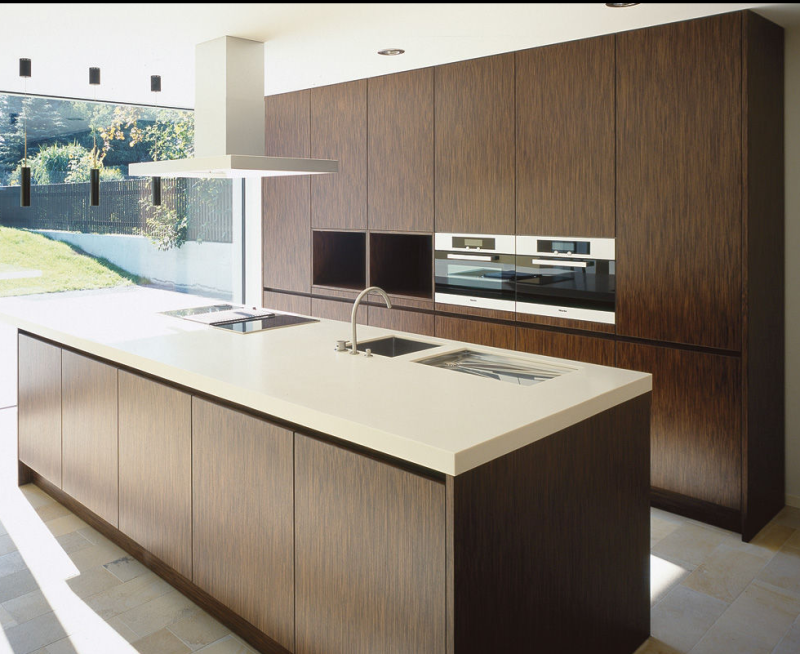
Wardrobes
Additionally, eco veneer wardrobes with oak or walnut wood grain patterns are not only aesthetically pleasing but also eco-friendly. The use of sustainable materials and the veneering process minimize environmental impact, making these wardrobes a responsible choice for eco-conscious homeowners. Their durability and timeless design ensure that they not only enhance your living space but also contribute to a sustainable and stylish home environment for years to come.
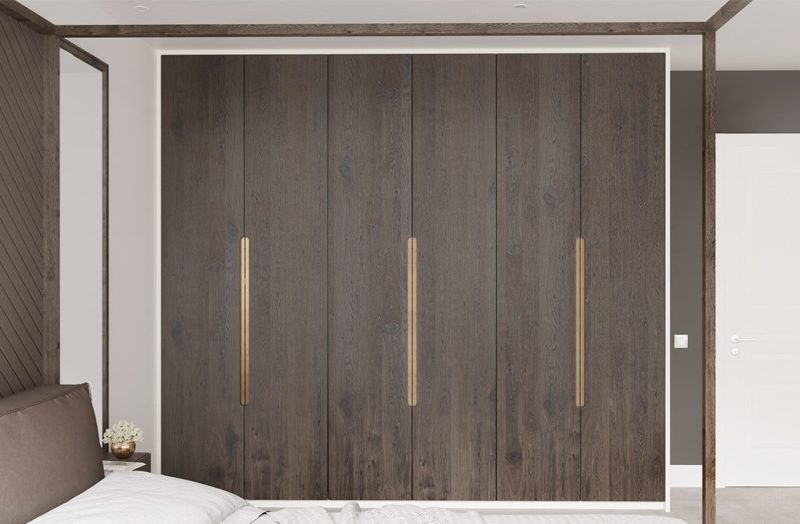
Beds
Furthermore, eco veneer beds are designed with both style and sustainability in mind. The careful selection of eco-friendly materials and the veneering process contribute to their eco-conscious appeal, aligning with modern trends in responsible consumer choices. This combination of affordability, comfort, aesthetics, and sustainability makes these beds a compelling choice for those seeking a well-rounded and environmentally-conscious solution for their bedroom furniture needs.
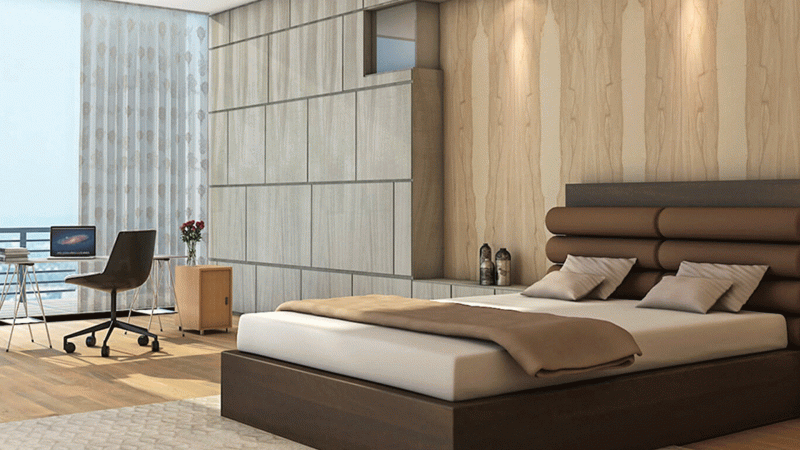
TV Stands
For those who appreciate Scandinavian or minimalist interior styles, eco veneer furniture is a valuable recommendation. These furnishings are lightweight, offer high aesthetic value, and are budget-friendly. A sleek eco veneer TV stand adds a touch of convenience and modernity to your home. Their clean lines and understated elegance make these furnishings an ideal choice for creating a clutter-free and visually appealing living space, in perfect harmony with the principles of Scandinavian and minimalist design.
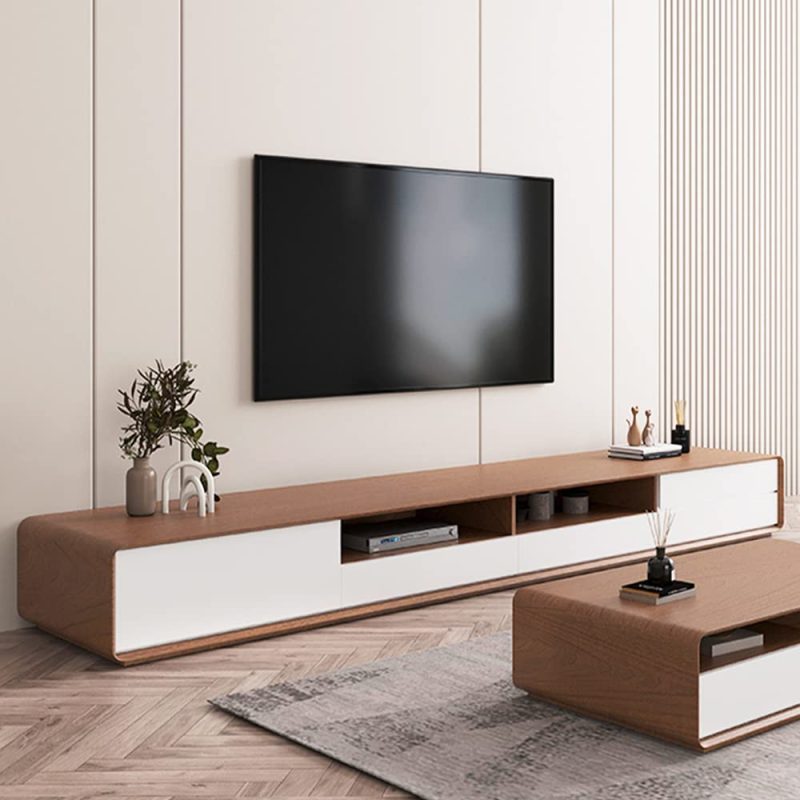
Doors
Eco veneer doors are a sustainable and visually appealing choice for interior spaces. Crafted from thin layers of real wood, they offer the natural beauty of wood grain patterns without the need for solid wood, making them an environmentally conscious option. These doors come in various wood species and finishes, allowing homeowners to tailor their aesthetics to complement their interior design preferences while maintaining affordability and eco-friendliness.
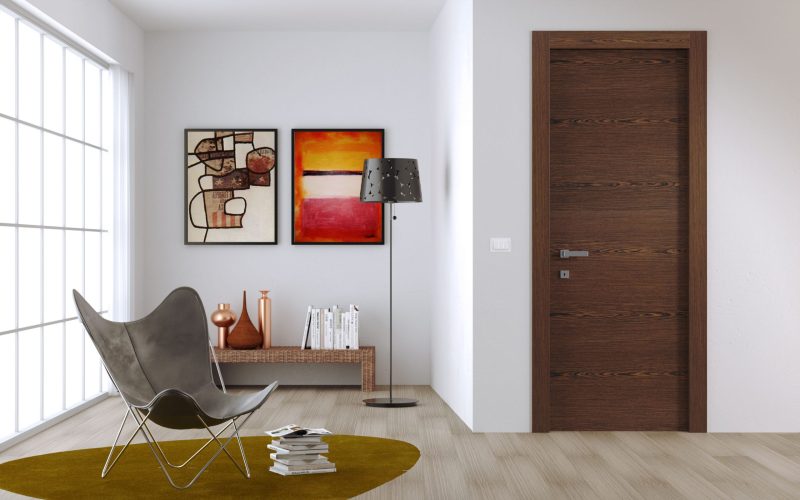
Read more: What is 3D Wood Veneer? 6 Most Common Types of 3D Wood Veneers
Selling price of eco veneer Vietnam on the market
With the advantages mentioned above, it’s evident that the potential of eco veneer will continue to grow in popularity in the future. For businesses, this is an opportunity for investment and production, and for individual customers, DIY home furniture projects using eco veneer have become a trend in recent years, offering both cost savings and a fresh look for their homes.
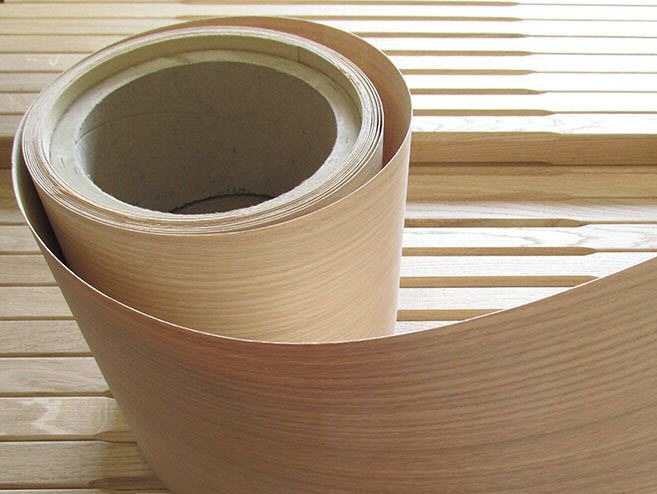
VietnamWood has a network of over 1000 wood manufacturing businesses and wood product suppliers within the territory. If you’re interested in learning more about pricing or seeing eco veneer products up close, please don’t hesitate to contact us through the messaging section on our website. VietnamWood is more than happy to address any inquiries you may have regarding eco veneer products.
As a blend of the natural beauty of wood and the flexibility and creativity of manufacturers, eco veneer offers numerous advantages. It is not only affordable but also highly functional for users. Additionally, it contributes to the ‘go green’ movement at a time when our climate and living environment are facing challenges.


